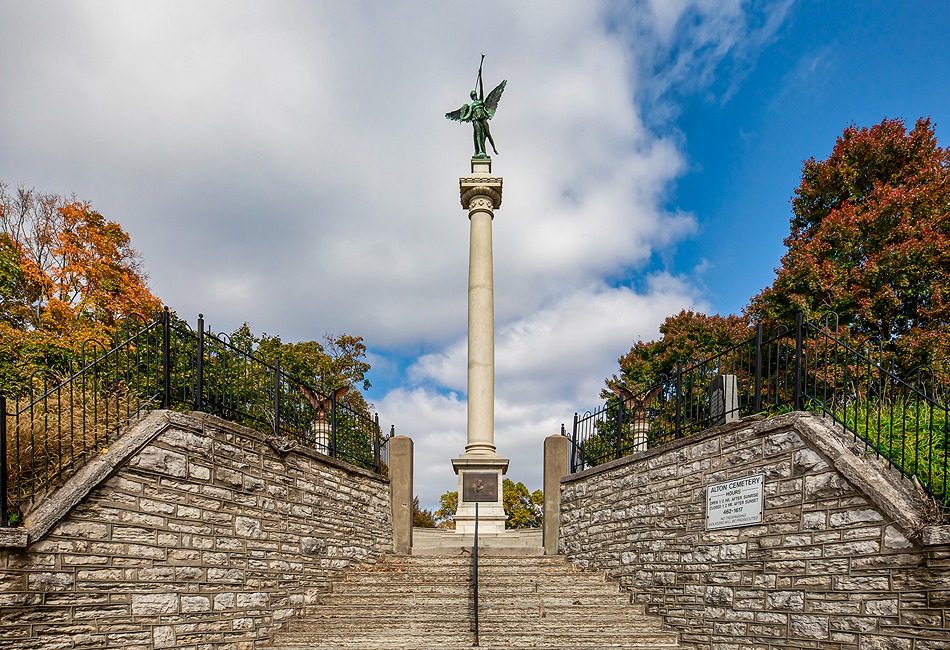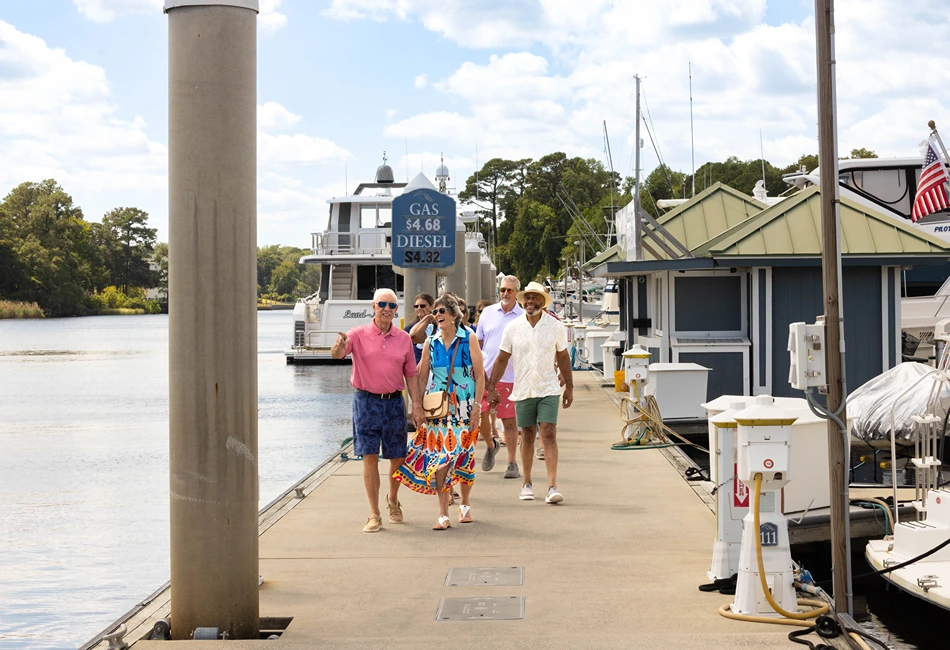Illuminating historic sites and stories of courage from the Land of Lincoln’s role in the fight for freedom
For more travel ideas and tips, be sure to Download the Illinois Tour Planner for FREE and Subscribe to Leisure Group Travel
The Underground Railroad—the resistance to enslavement through escape and flight, lasting through the end of the Civil War—refers to the efforts of enslaved African Americans to gain their freedom by escaping bondage. Wherever slavery existed, there were efforts to escape. Initially, many fled to communities in remote or rugged terrain, but over time, these routes extended across state and international borders.
These acts of self-emancipation labeled slaves as “fugitives,” “escapees,” or “runaways,” but in retrospect, “freedom seeker” is a more accurate description. While many began their journey unaided and completed their self-emancipation without assistance, each subsequent decade of legal slavery in the U.S. saw an increase inorganized efforts to help escapees.
This piece explores Illinois’ significant role in this collective process—the Underground Railroad—from early routes in the state’s southern regions to key stops in cities like Alton, Galesburg, and Peoria. Historic sites, museums, and monuments stand today as powerful reminders of these daring journeys and the individuals who risked everything for liberty.
Looking for expert insights and fresh travel ideas? Download the latest issue of Leisure Group Travel for free and start planning your next unforgettable group adventure.
History of the Underground Railroad in Illinois
The Underground Railroad in Illinois played a vital role in the network of secret routes and safe houses that helped enslaved people escape to freedom. The Illinois and Mississippi Rivers provided natural pathways, with the secret network stretching from the southern part of the state up to Chicago and beyond.
One of the most important routes followed the Great River Road National Scenic Byway, which traces the Mississippi River. Freedom seekers traveled along the river, using its bends and hidden pockets as cover. Many early Underground Railroad locations were established in Southern Illinois, where abolitionists and free Black communities provided refuge.
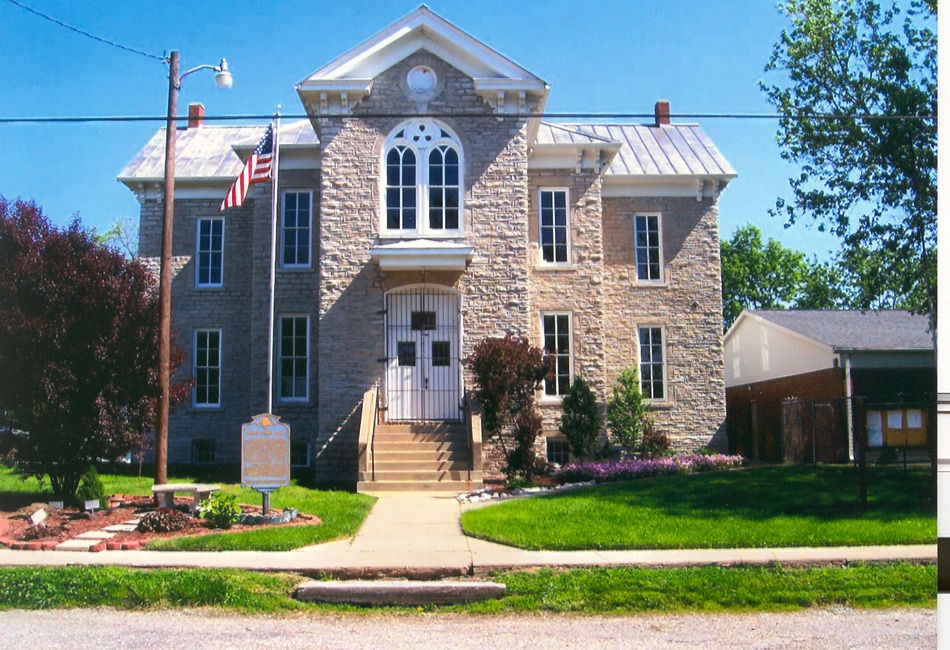
Deep-Rooted Destinations
Throughout Illinois, numerous historic sites provide a glimpse into the Underground Railroad’s legacy. These destinations preserve the stories of those who risked everything in the fight for freedom.
Alton
The Great Rivers and Routes Tourism Bureau offers Underground Railroad shuttle tours, highlighting Alton’s key role. Visitors can explore sites such as Rocky Fork Church and Alton Cemetery, learning about abolitionists and civil rights leaders who helped shape the region’s history. Tours incorporate storytelling and music to bring the past to life. Groups can also visit the Lovejoy Memorial in Alton City Cemetery. This commemorates the life and contributions of abolitionist newspaper editor Elijah P. Lovejoy, who was killed by a mob while defending his printing press at Alton on November 7, 1837.
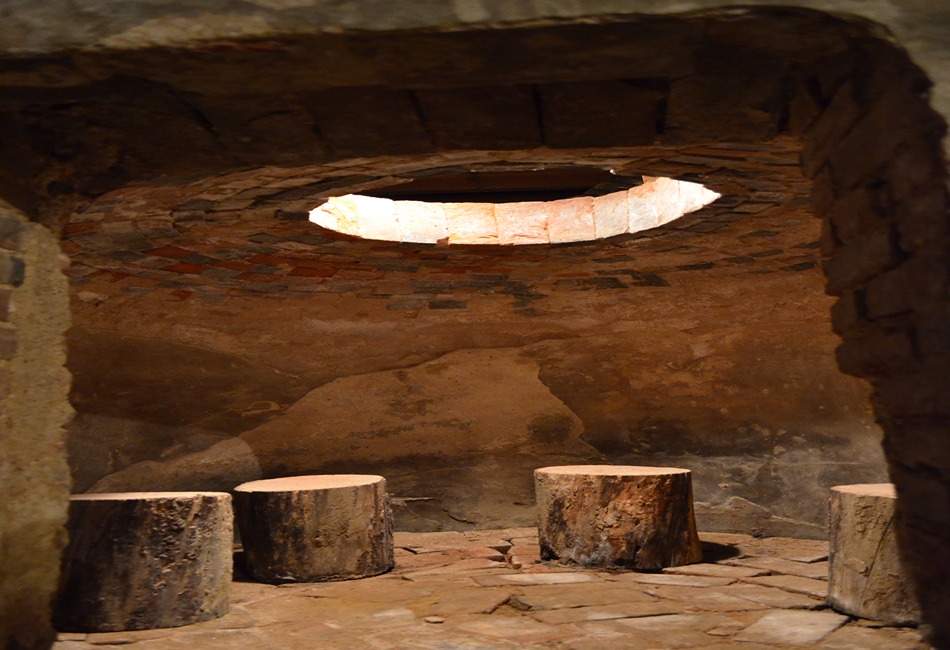
Jerseyville
Historic Cheney Mansion is a place where escaping slaves would wait for passage further north. In the basement, there is a false cistern where slaves were hidden, which served as a station for the Underground Railroad.
Don’t miss out on the latest group travel trends. Download your free issue of Leisure Group Travel and stay informed on the best destinations, planning tips, and expert insights.
Galesburg
At Knox College’s Alumni Hall, the Underground Railroad Freedom Center stands as a testament to Galesburg’s abolitionist history. Founded in 1837 by anti-slavery advocate George Washington Gale, the town was notable for its widespread opposition to slavery. The Galesburg Colony Underground Railroad Freedom Station at Knox College is recognized by the National Park Service’s Underground Railroad Network to Freedom Program and features exhibits documenting the region’s role in the movement. Additionally, the city played a key role in the Lincoln-Douglas debates, where issues of slavery and freedom were hotly contested. Visitors can also explore Hope Cemetery, where notable abolitionists are buried, further connecting the city’s historical significance to the anti-slavery movement.
Peoria
Elmwood, near Peoria, was a significant stop on the Underground Railroad. The Phelps barn, a well-documented refuge, still stands as a symbol of hope. In downtown Peoria, Preston Jackson’s sculpture Knock in’ on Freedom’s Door commemorates the city’s Underground Railroad history, marking the site of the former Pettengill House, an essential station in the network.
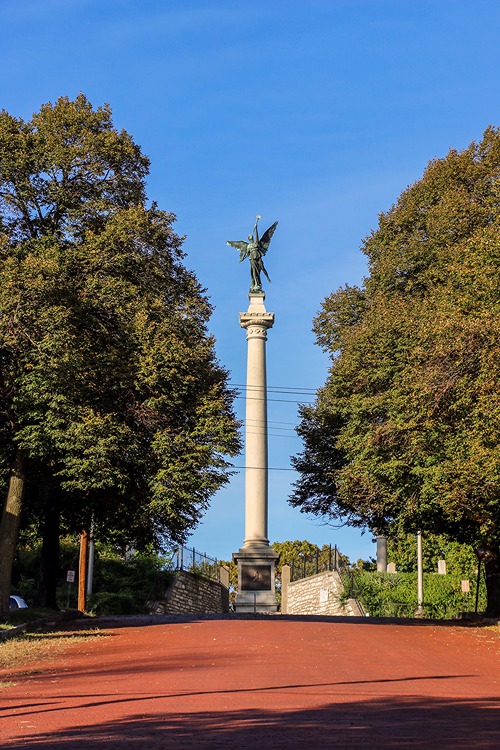
Princeton
The Lovejoy Homestead, a National Historic Landmark, was a sanctuary for escapees in the 1800s. Princeton’s rich Underground Railroad history extends along the Illinois River Scenic Byway, offering visitors a glimpse into the landscapes that provided safe passage for many freedom seekers. The Owen Lovejoy Homestead, named after the abolitionist minister and congressman, features a hidden compartment used to shelter freedom seekers. Visitors can tour the house and hear accounts of Lovejoy’s defiant stance against pro-slavery forces. Additionally, Princeton’s location along major migration routes allowed it to serve as a crucial midpoint, linking southern Illinois to northern destinations along the Underground Railroad.
Quad Cities
In the Quad Cities area, the Geneseo Historical Museum tells the story of Geneseo’s meaningful role in the Underground Railroad. This storied 1855 Italianate mansion served as a “safe house” for enslaved individuals en route to Canada. Visitors can explore hidden passageways and secret rooms that once provided refuge to freedom seekers.
Quincy
The Quincy Underground Railroad Museum, housed in the Dr. Richard Eells House, is one of the most significant documented sites in the country. Dr. Eells, a white physician and abolitionist, attempted to help an escapee named Charles but was prosecuted under Illinois law. The museum provides visitors with an opportunity to stand on the threshold where Charles once sought refuge.
Illinois played a crucial role in the Underground Railroad, providing safe passage for freedom seekers and serving as a hub for abolitionist activity. From the river routes of Southern Illinois to the historic sites in Alton, Galesburg, Peoria, and beyond, the state’s legacy is preserved through museums, landmarks, and guided tours. Today, visitors can walk in the footsteps of those who bravely sought freedom, learning about the resilience and courage that defined this chapter in American history. Exploring these destinations offers a deeper understanding of the struggles and triumphs of those who risked everything in pursuit of liberty.
For more travel ideas and tips, be sure to Download the Illinois Tour Planner for FREE and Subscribe to Leisure Group Travel


